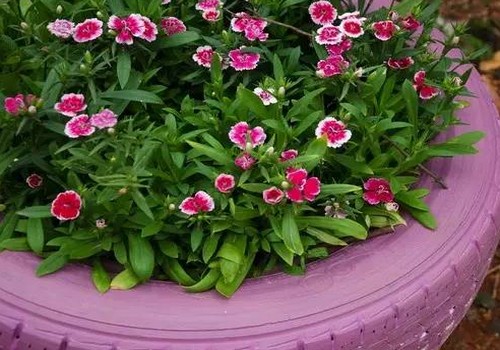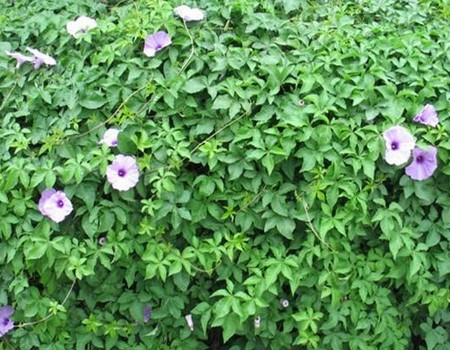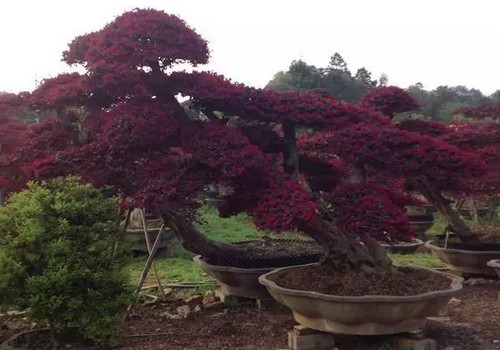Culture methods and matters needing attention of Carnation Flower
Carnation, also known as Luoyang flower, Chinese marsh bamboo, carnation flower, carnation orchid, ten kinds of landscape flower, Wang Yinghua, Luoyang carnation, chrysanthemum, embroidered bamboo, Changxia, sunset grass, qu wheatgrass and so on, is a perennial herb of the carnation genus of Caryophyllaceae and one of the traditional Chinese famous flowers. Distributed in Russia, Korea and the north and south of Chinese mainland, growing in areas ranging from 10 meters to 2700 meters above sea level, mostly in grasslands and hillside grasslands. At present, it has been widely introduced and cultivated as an ornamental plant around the world. A large number of cultivated species have been cultivated.

Carnation is a kind of traditional famous flower, which has been cultivated in large quantities, which can be planted in pieces and can also be planted in pots to beautify the home environment. There are many varieties of carnation, bright colors, after pruning, the flowers are more colorful, very eye-catching, used to decorate the living environment is better. Carnation is a herbaceous flower with weak persistent roots, which is often cultivated as a 1-2-year-old plant. Maintenance is simple, 2-3 plants per pot can grow very well! Let's take a look at the breeding methods and matters needing attention of carnation!
1. Soil: Carnation requires fertile, loose, well-drained loam or sandy loam, which contains calcareous loam or sandy loam. It can be mixed with 6 parts of garden soil, 2 parts of compost and 2 parts of sandy soil.
2. Sunshine: the growing period of carnation requires sufficient light, placed in places with sufficient sunshine, and it is appropriate to scatter light in summer to avoid exposure to the hot sun. When the temperature is high, it should be shaded and cooled down.
3. Temperature: the most suitable temperature for the growth of carnation is 15: 20 ℃. When the temperature is high in summer, we should pay attention to proper shading and cooling. In winter, we should keep it in the greenhouse and keep the temperature above 12 ℃.
4. Watering: it is appropriate for carnation to keep the basin soil moist during its growth and development, such as watering too much and rotting roots. Watering should grasp the principle of not drying and not watering. Carnation sown in autumn should pay attention to anti-freezing and indoor maintenance from November to December, the water temperature should be close to room temperature, watering should be high, when the temperature is higher at noon, there should be no stagnant water on the leaves at night. The spring of the following year is poured back to green water, and the requirement is the same as in winter.
5. Fertilization: topdressing 2 or 3 times during the whole growing period, using rotten cake fertilizer or organic fertilizer. It is required to apply sufficient base fertilizer, 2-3 plants per pot.
6. Pruning: if you want more carnation blossoms, you must prune them in time. Pick the heart when the plant grows high, promote its branches, remove the leaf buds in time, and reduce the loss of nutrients. The trimmed carnation will blossom again. Carnation flowers can blossom again after pruning. If you want to bloom more, you can pick the heart and make it more branched, you must remove the axillary buds in time to reduce nutrient consumption.
6. insect pests: Carnation is often harmed by rust and red spiders. Rust can be sprayed with 1500 times of verapamil wettable powder and red spiders with 1500 times of omethoate EC.
During the growth period, the potted carnation should be maintained in a sunny and well-ventilated place to keep the basin soil moist and apply mature thin liquid fertilizer every 10 days or so. There are too many Rain Water in summer, pay attention to drainage and loosen the soil. Some leaf axillary buds should be removed in time before flowering, mainly to ensure that the top buds bloom. It is advisable to water less in winter, such as keeping the temperature at 5-8 degrees, blooming continuously in winter and spring.
Note:
1) replenish water and shade the sun
Ensure 6-8 hours of light every day. At the height of summer, the carnation flower is in a semi-dormant state, so we should pay attention to avoid the hot sun exposure. Avoid stagnant water in the basin, otherwise the roots are easy to rot.
2) Prevention and control of diseases and insect pests
There are not many diseases and insect pests of carnation, and the common ones are calyx rot, rust, gray mold, bud rot and root rot. Once the disease occurs, clean up the diseased plant in time, and spray chemical control, can not be neglected.
Time: 2019-06-01 Click:
- Prev

Culture method of Golden Dragon with five claws
The five-clawed golden dragon is a common trailing flower in summer and autumn. it is a good material for vertical greening and small flower rack, and can be used as a climbing rattan material at the edge of the hedge. The five-clawed golden dragon is a perennial herb with twining stems, grayish green and often small verrucous protuberances. Leaves alternate, digitally 5-parted, lobes elliptic-lanceolate, entire. A single flower grows in leaf axils
- Next

Maintenance of bonsai of Carthamus tinctorius
Carthamus tinctorius has bright leaves and luxuriant leaves all the year round, especially when it blossoms. It is an ornamental tree with beautiful flowers and leaves. It is often used for color block layout or pruning into a ball, and it is also a good material for making bonsai. Today, the editor will tell you the method of making safflower bonsai.
Related
- Fuxing push coffee new agricultural production and marketing class: lack of small-scale processing plants
- Jujube rice field leisure farm deep ploughing Yilan for five years to create a space for organic food and play
- Nongyu Farm-A trial of organic papaya for brave women with advanced technology
- Four points for attention in the prevention and control of diseases and insect pests of edible fungi
- How to add nutrient solution to Edible Fungi
- Is there any good way to control edible fungus mites?
- Open Inoculation Technology of Edible Fungi
- Is there any clever way to use fertilizer for edible fungus in winter?
- What agents are used to kill the pathogens of edible fungi in the mushroom shed?
- Rapid drying of Edible Fungi

